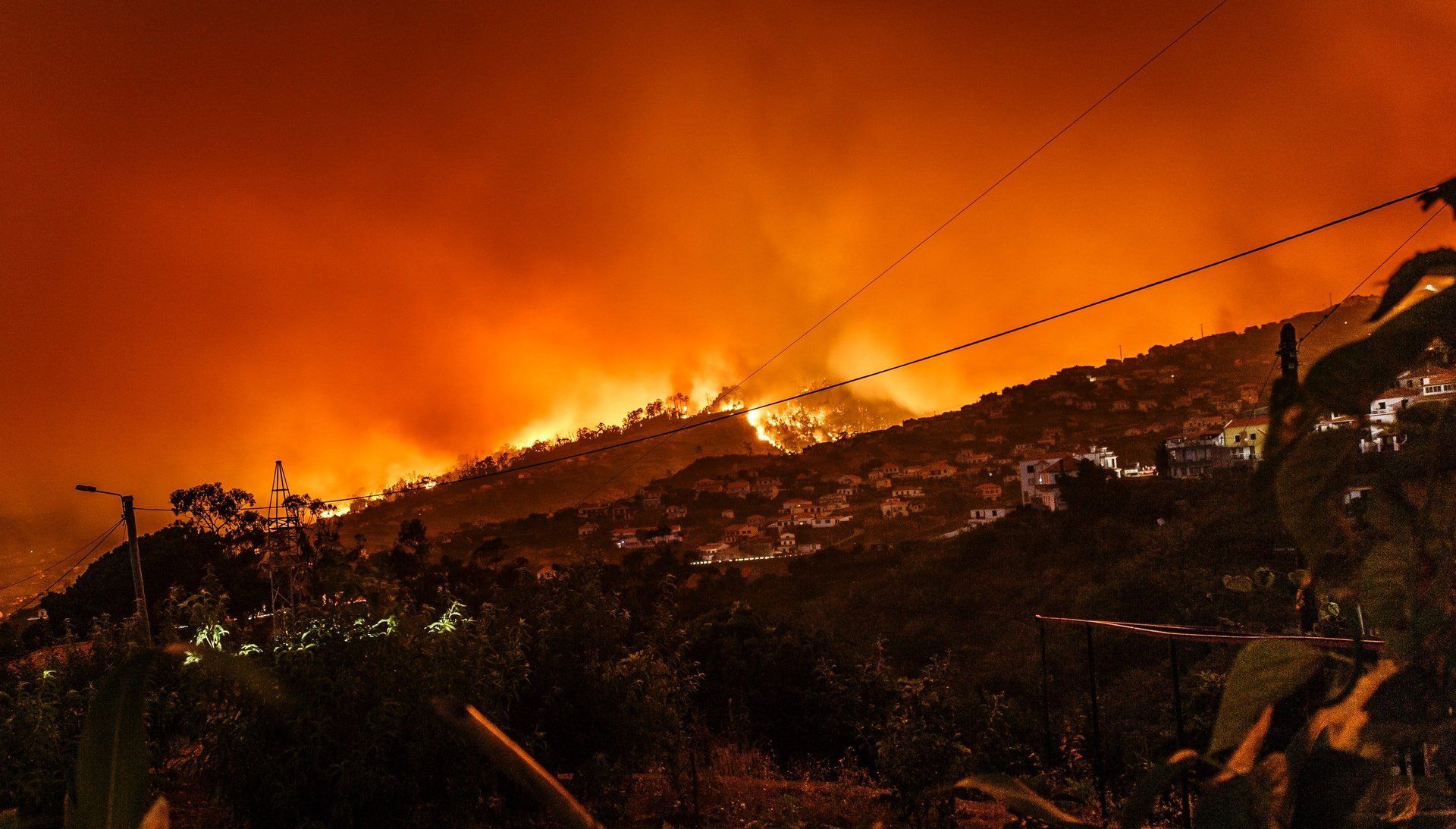EcoPerspectives Blog
Fighting Deadly Fires with Legislation
By Kayley Olsen
July 13, 2020
Recently, California saw the worst and most devastating fire in their history. The Camp Fire of 2018. On November 8th , 2018 the foothills of the Sierra Nevada set ablaze and would continue to do for the next 17 days. During that time 153,000 acres of land burned, 14,000 residencies were destroyed, and 85 people were killed. Camp Fire destroyed homes that would devastate families and change their world forever. After six months of investigation, the California Department of Fire (CalFIRE) determined the culprit of the wildfire was PG&E . Essentially, PG&E did not inspect their electric wires frequently, and due to their infrequent inspections a live wire that was over 100 years old fell down and started the fire.
Following Camp Fire, CalFIRE wanted to ensure that something like this would never happen again, especially at the hands of PG&E. PG&E was required to create a plan that would ensure fire safety from their lines. Essentially, PG&E followed a public utility code in California that said they would clear cut all trees near the electric lines. While this sounds good in practice, it has led to many trees that are protected under California legislation to be cut down. Many Californians were upset that PG&E thought this was the best decision and questioned why California’s environmental legislation called the California Environmental Quality Act (CEQA) didn’t review their decision more closely. For instance, under the review of CEQA, PG&E could have prevented cutting down these protected trees and explore some other means of fire prevention.
PG&E operated under a categorical exemption in CEQA. A categorical exemption means that a proposed project does not need to go through the CEQA process where an environmental impact report does not need to be conducted and no other actions that may be less environmentally harmful need to be assessed. PG&E operated under a class 7 and class 8 exemption where the action is to enhance the environment and they are operating under an already authorized statute. PG&E, to keep in mind, is operating under an already authorized statute under the California Public utility code.
But how is this fair? How can they get away with this? Isn’t the point of CEQA to protect the environment as much as possible? Well, there are times in which the California courts have overruled a categorical exemption with something called the cumulative impact doctrine. The cumulative impact doctrine essentially says that exemptions to CEQA are inapplicable when the cumulative impact of successive projects of the same type in the same place over time is significant.
PG&E’s actions will be significant over time, they are successive projects that go up and down the entire state of California. PG&E will have a major impact on the environment by cutting trees down and will leave the ecosystem devastated. Scientists have said that clear cutting trees, like PG&E is doing, does not equate to fire prevention. There are other means out there besides clear-cutting trees that will work towards fire prevention.
If Californians want to protect their beautiful trees from being cut by PG&E, they need to petition the courts to reconsider PG&E’s actions under a full CEQA review. Under the CEQA review the environmental impact report would show that there are other means besides cutting down trees that will ensure fire prevention. This would be a win-win for everyone because the trees would still be protected, but PG&E would be able to figure out ways to work towards fire prevention without harming the environment.
The post Fighting Deadly Fires with Legislation appeared first on Vermont Journal of Environmental Law.

